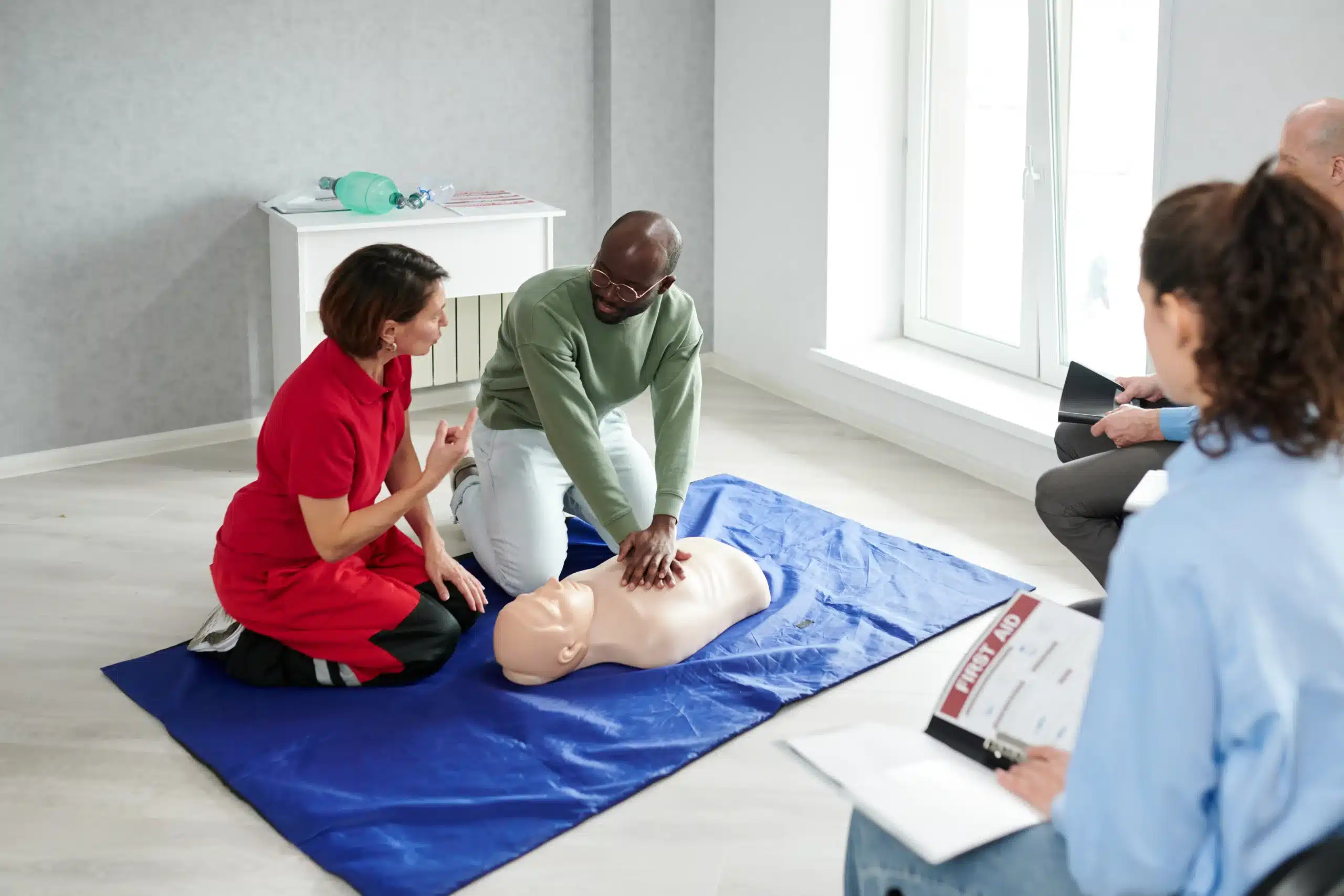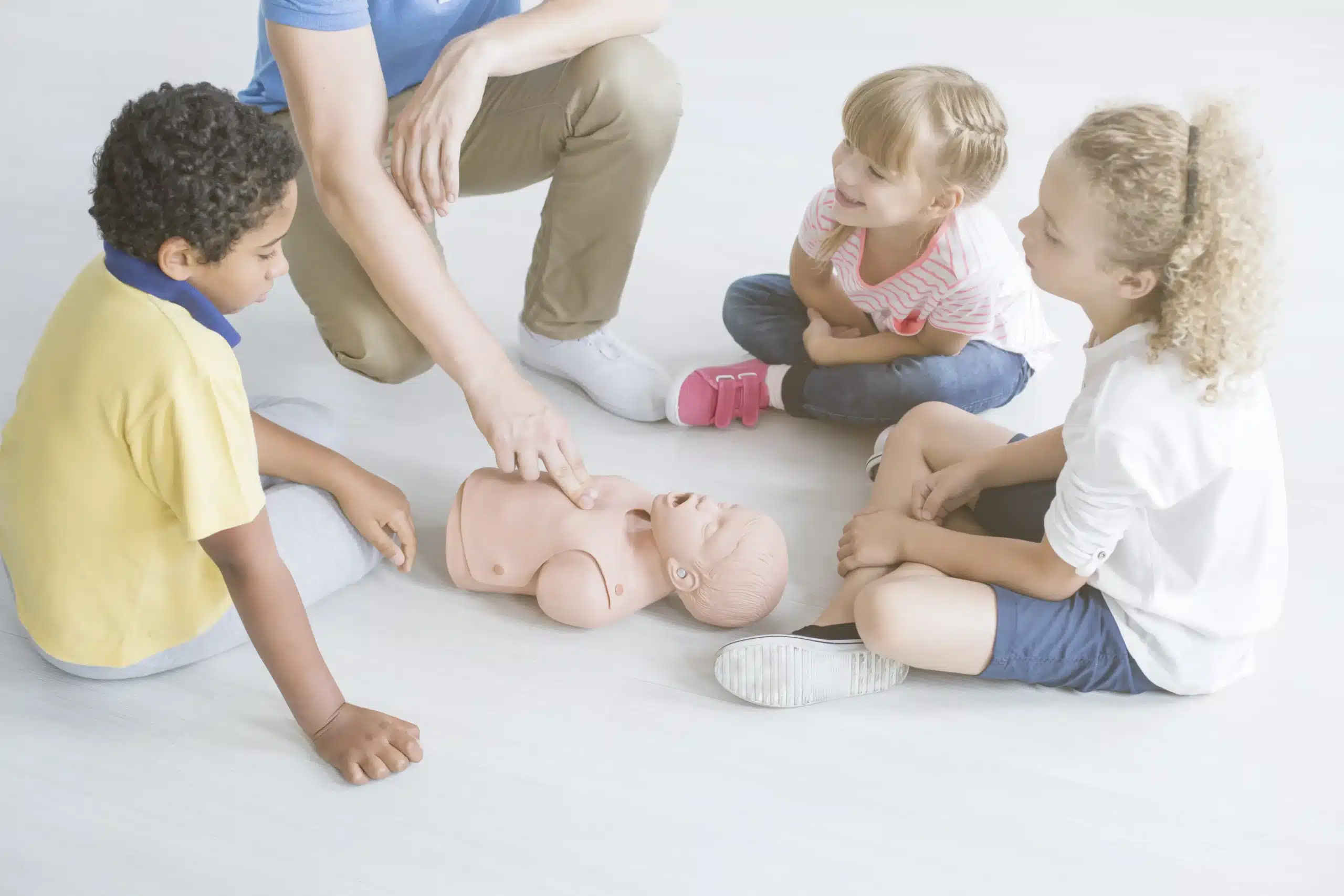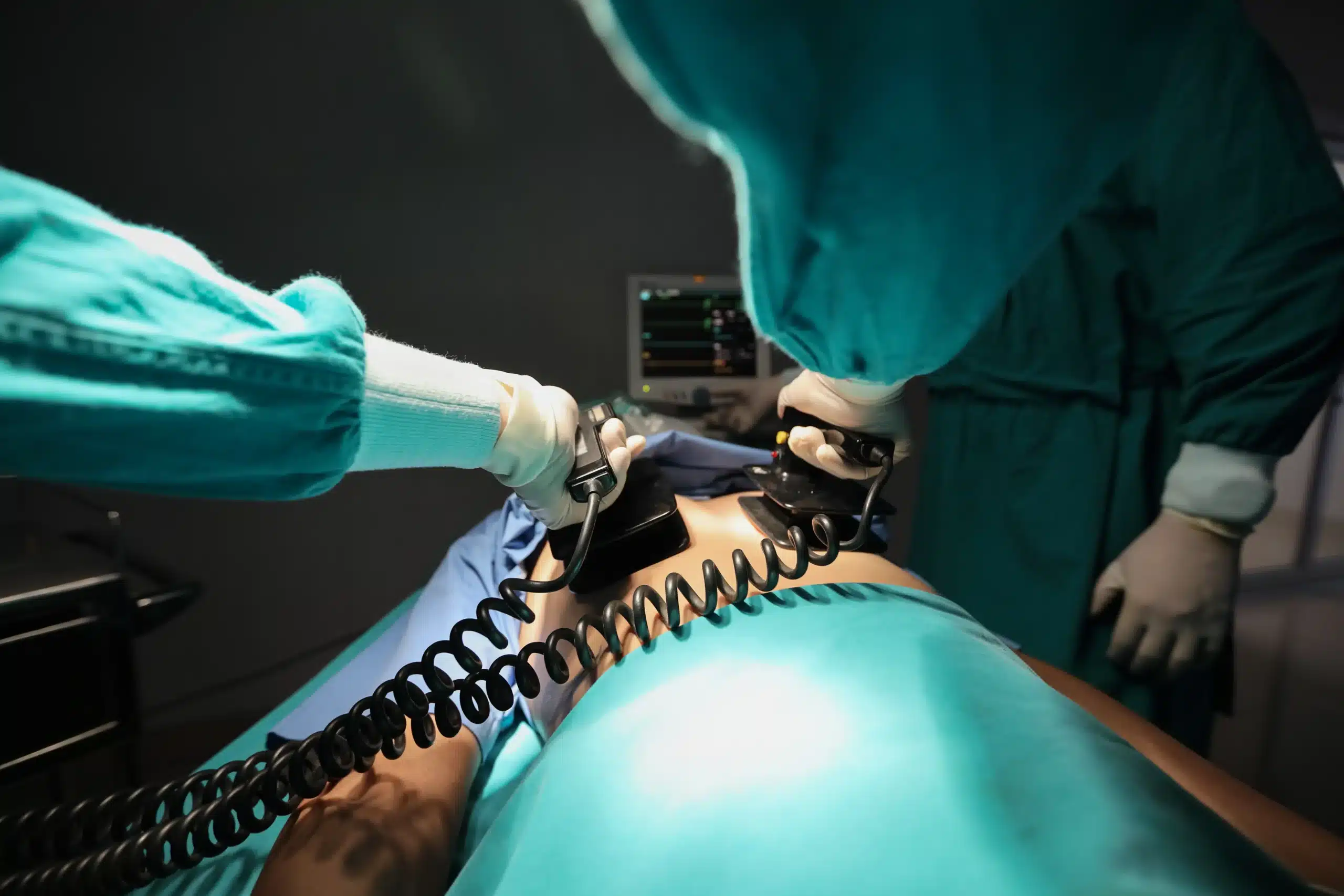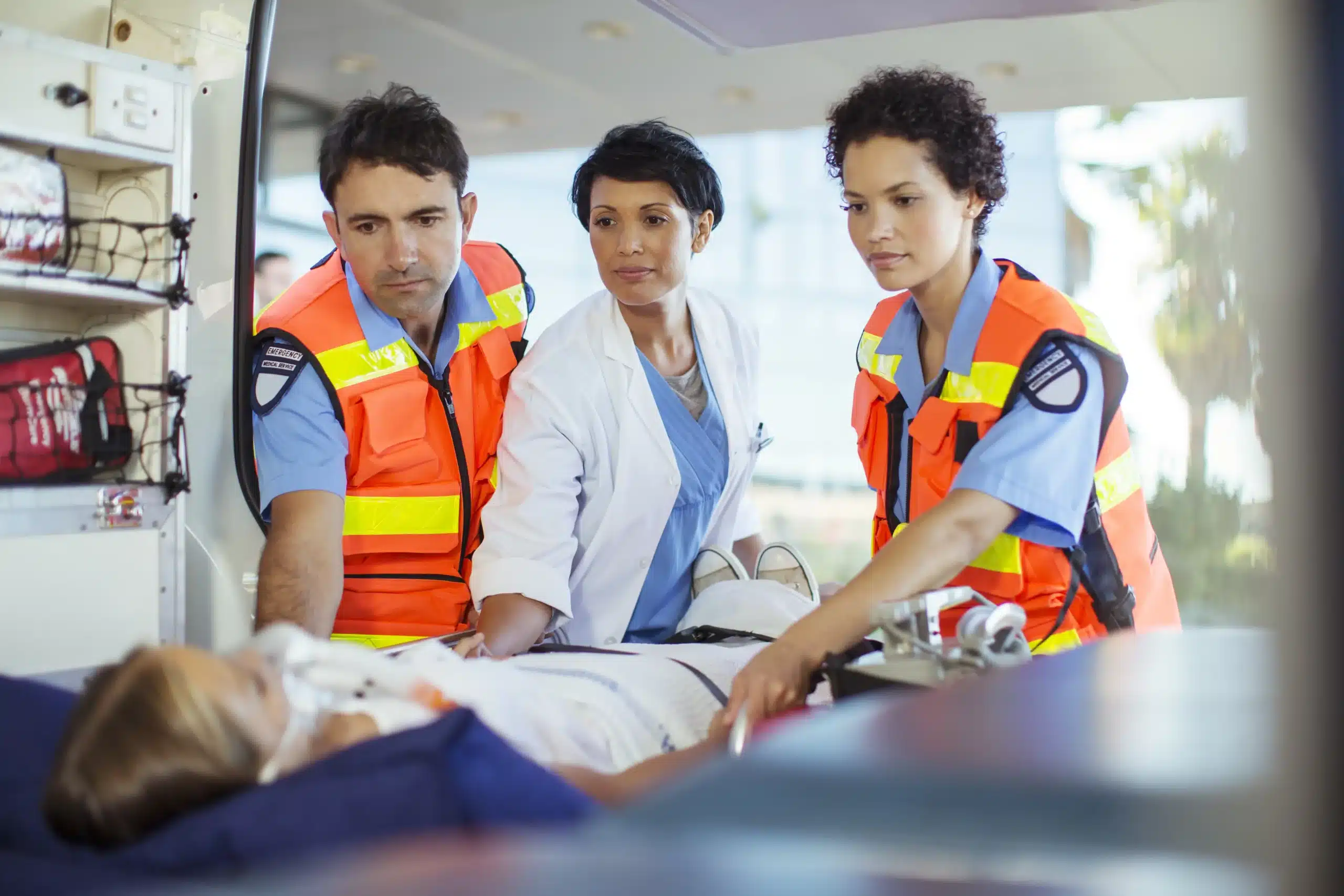Cardiopulmonary resuscitation (CPR) saves lives. Yet, many hold misconceptions about it. These myths can deter people from acting in emergencies. This blog aims to dispel common CPR myths. By exploring these fallacies, we hope to boost your confidence in performing CPR effectively.
CPR Only for Professionals
Many believe only trained experts should perform CPR. This myth can delay critical life-saving actions. While training helps, anyone can attempt CPR in an emergency. The goal is to keep blood flowing until professionals arrive.
Learning Basics Is Enough
You don’t need a certification to understand CPR basics. Many organizations offer free tutorials and online resources. Familiarize yourself with key steps like chest compressions. These actions can make a difference in crucial moments.
Immediate Action Matters
In emergencies, every second counts. Waiting for help can waste precious time. If you’re the only one available, your intervention might be the victim’s best chance. Don’t hesitate—act, even if you’re not a pro.
CPR Always Brings People Back
A common myth is that CPR revives victims instantly. In reality, CPR maintains blood flow until advanced care arrives. It’s rare for someone to wake up during CPR. The intent is to preserve brain function until more help comes.
CPR Buys Time
CPR’s primary role is to sustain vital organs. By maintaining circulation, it buys time for doctors to administer advanced treatments. Your effort keeps hope alive until professionals can intervene.
Compressions and Breaths
CPR involves chest compressions and rescue breaths. Compressions circulate blood, while breaths provide oxygen. Both actions work together to safeguard the heart and brain.
Fear of Legal Repercussions
Worry about legal consequences holds people back. Many countries have “Good Samaritan” laws. These laws protect those who assist in emergencies from legal liability. The focus is on encouraging help, not punishing mistakes.
Good Samaritan Laws
Such laws vary by region but share a common goal. They intend to spur aid without fear of legal action. If you act in good faith, these laws often cover you.
Priority on Human Life
In emergencies, saving lives takes precedence. Bystanders should prioritize the person’s well-being over legal concerns. Remember, your attempt could prevent a tragedy.
CPR Requires Mouth-to-Mouth
Another myth is that mouth-to-mouth is mandatory. Recent guidelines suggest hands-only CPR as effective in many situations. This approach makes it easier for untrained bystanders to assist.
Hands-Only Technique
Hands-only CPR focuses on chest compressions. It’s suitable for adults who collapse suddenly. Compression-only methods have shown effectiveness in sustaining circulation.
Updated Guidelines
Organizations like the American Heart Association update CPR guidelines regularly. They aim to simplify procedures, making them accessible to everyone. Staying informed will equip you with current, effective practices.
Children Are Different
Some think children need different CPR methods. While techniques may vary slightly, the core principles remain. Compressions and breaths are vital for all age groups.
Child-Specific Adjustments
Children require gentler compressions due to smaller size. The ratio of compressions to breaths might differ. Training can help you learn these nuances.
Importance of Practice
Practicing CPR on mannequins improves your skills. It helps you adjust pressure and timing for different ages. Regular practice boosts your confidence to act when needed.
Breathing Isn’t Essential
Some believe skipping breaths is acceptable. While hands-only CPR is effective, breaths can be crucial, especially in certain scenarios like drowning. They provide necessary oxygen to the bloodstream.
Breaths in Special Cases
In drowning or pediatric cases, breaths deliver oxygen. Compressions maintain circulation, but breaths complement them. Always follow guidelines tailored to the situation.
Comprehensive Approach Best
A complete CPR method combines both compressions and breaths. Understanding when each is necessary enhances life-saving efforts. Keep your skills sharp by reviewing updated protocols.
CPR Could Cause Harm
Fear of harming the victim is common. However, the risk of causing damage is low compared to potential benefits. Incorrect compressions might cause bruising, but not attempting CPR can be fatal.
Benefits Outweigh Risks
When weighing risks, remember that inaction is more dangerous. Proper compressions might result in minor injuries, but they can save a life. Focus on your impact rather than potential harm.
Training Reduces Anxiety
Training sessions address fears of causing harm. They emphasize technique and build confidence. Consider enrolling in a course to ease your worries.
Only Perform on Adults
Some think CPR is exclusively for adults. This misconception can be harmful. Children and infants can also benefit from CPR. Knowing proper techniques for all ages is vital.
Tailored Techniques
Each age group requires specific approaches. Compression depth and breath ratios vary. Training ensures you’re equipped for diverse scenarios.
Universal Application
CPR is a universal skill. It crosses age boundaries, providing assistance to anyone in need. Equip yourself with knowledge that spans all demographics.
Myths Discourage Action
Common CPR myths hinder prompt action. Debunking these myths empowers potential lifesavers. Understanding the truth encourages you to step in confidently during emergencies.
Knowledge Is Power
Education combats misinformation. By familiarizing yourself with CPR facts, you become a valuable asset in emergencies. Share your knowledge with others to dispel myths.
Encourage Awareness
Promote discussions about CPR misconceptions. Encourage friends and family to learn more. Collective awareness improves community preparedness.
Conclusion
CPR myths can deter life-saving actions. By debunking these misconceptions, we empower individuals to act confidently.
Safety Training Seminars offers CPR courses for individuals and groups. Our trained professionals educate on proper CPR techniques, addressing common myths and concerns. Stay informed and equipped to save a life in an emergency situation. Don’t let myths hold you back from being a potential lifesaver. So don’t hesitate to contact us today!






